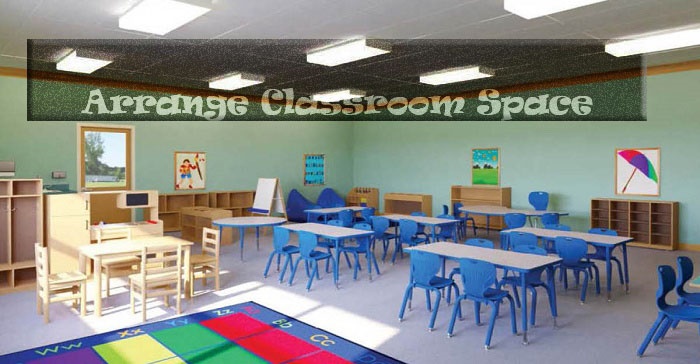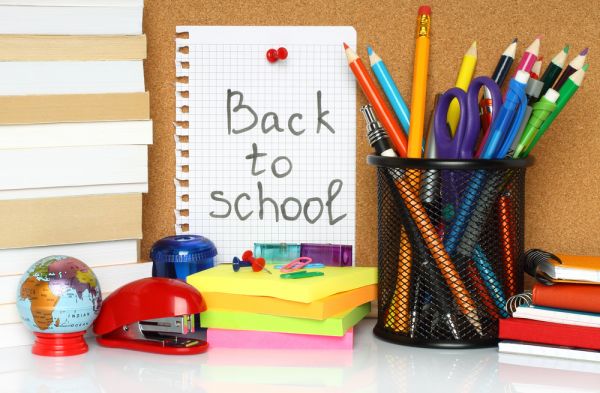A classroom that promotes self-learning is one that takes advantage of all available spaces. Below are five tips to optimize the spaces in the classroom. Let’s discover how to arrange classroom space.
How to arrange classroom space?
When teaching materials are placed given the students, a natural learning environment is generated. In this way, students can freely access information previously thought by the teacher and thus enrich the educational practice.
1. Use the walls
A simple blank wall is an opportunity to promote good habits, create spaces for interaction and transmit ideas to students.
2. Transform the corners
It uses recycled and original materials to restore along with the student’s areas of the classroom. That is not often used frequently, varying the organization of traditional spaces, some ideas for new corners:
- They can be based on multiple intelligences. After testing the students and detecting what the areas of interest found are, corners are designed with activities related to the multiple intelligences presented among the students.
- The cleaning corner can include dynamics that promote good habits, personal hygiene and classroom cleaning.
The reading corner of the classroom library can be adapted. - In the corner of board games, you can include mental skill games that students can play at specific times of the day.
- The technological corner, this can include devices such as iPad, tablets, projector, etc. with which activities can be proposed to complement the areas worked.
3. Ground equipment
It allows children to move and communicate by working in groups, many times, students. Especially the little ones get tired of always staying in the same seat. So, it is occasionally recommended to work in circles on the floor. It is fun for them, and once they master the interaction, it will be very simple for you as a teacher.
4. Exploits other areas of the school building
Many times teachers get used to always work in the classroom since it is the default space for school work. Many activities involve play and support work inside the classroom. It can be recreated in the schoolyard, in the computer rooms, school library, etc. This will allow children to have a wider space than usual to work.
To motivate the change of classroom, it would be exciting to create a monthly calendar together with the group establishing specific dates to work in other areas.
5. Reorganize tables and benches weekly
It is well known that traditional classrooms are distinguished by having a static organization. It is determined by the number of students and the individualization of work. And it is convenient to explore other ways of organizing desks and tables.









